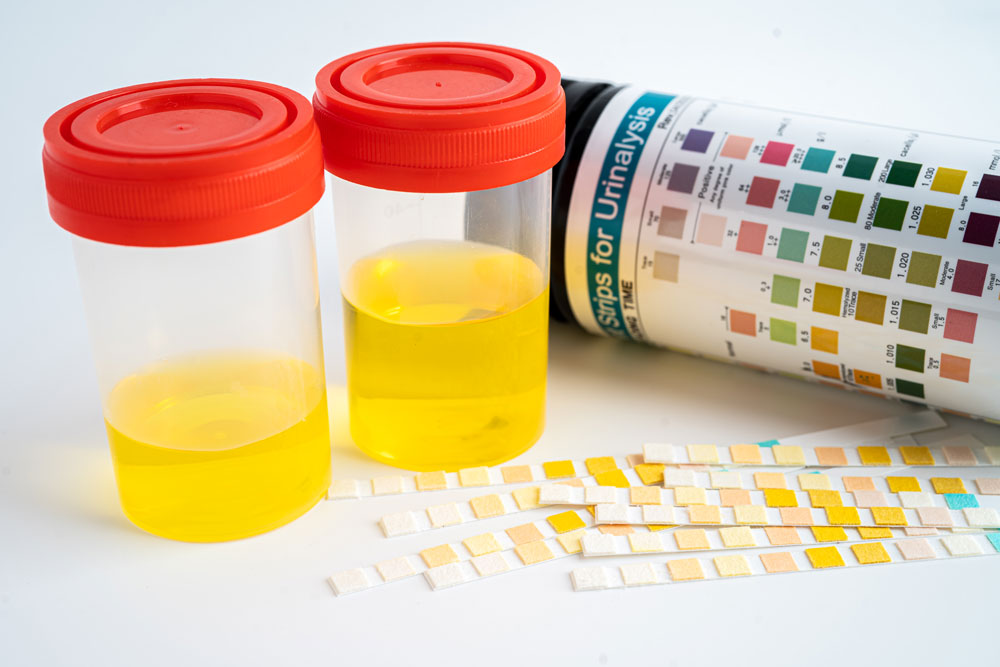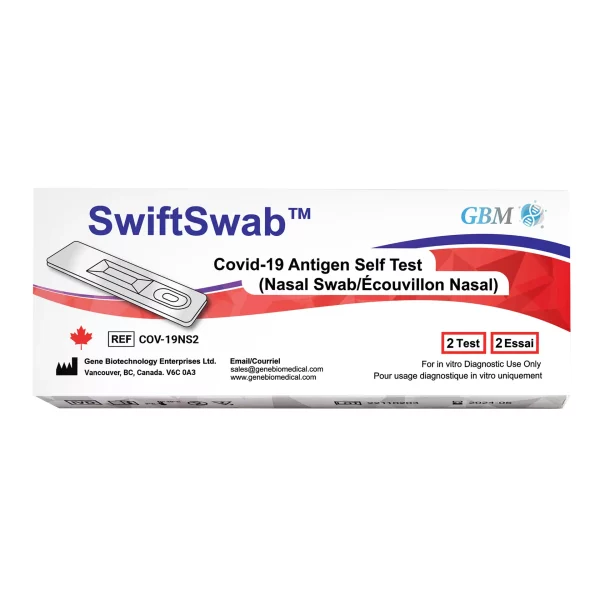Urinary tract infections (UTIs) are a common health concern that affects millions of people each year, especially women.
If you can have it detected early, you can have it treated sooner.
This comprehensive guide can help you recognize the symptoms of UTI signs, understand how UTI tests work, evaluate their accuracy and ensure you get reliable results.
Identifying signs of a UTI
UTI starts to affect the lower part of the urinary system, which are the bladder and urethra. At this stage, you may experience the following symptoms:
- Persistent urge to urinate
- Burning sensation during urination
- Passing frequent, small amounts of urine
- Cloudy or strong-smelling urine
- Pelvic pain
If you recognize these symptoms early, you can get tested and start treatment sooner. This way, you can mitigate the risk of complications because if the infection gets worse, it may start to travel towards the upper part of your urinary system and affect the kidney. If this happens, you’ll experience more severe symptoms, such as:
- Fever
- Fatigue
- Malaise
Don’t let a UTI treatment drag out longer than it should
When you’re dealing with a UTI, you need to seek prompt treatment to prevent the infection from worsening. Delaying treatment can allow the bacteria to multiply and spread further up the urinary tract, which can lead to prolonged discomfort and potentially more severe complications, such as kidney infections.
Aside from these, lingering symptoms can also impact your daily life.
Once symptoms are identified, your healthcare provider can recommend a treatment approach, which you should religiously follow. Early intervention can lead to a quicker resolution of symptoms and reduce the chance of recurrence.
How the UTI home screening test works
One of the easiest ways to test for UTI at home is through a rapid dipstick test. These tests detect the presence of nitrites and leukocytes (white blood cells) in the urine, both of which are common indicators of a UTI.
Here’s how you can perform the test.
- Start with collecting your urine sample using a sterile cup. Follow the test kit’s instructions carefully.
- Once you have collected the urine sample, dip the test strip into the urine for the specified amount of time, as indicated in the instructions. The test strip contains special chemicals that react to UTI indicators in the urine.
- After the designated time has elapsed, compare the colour changes on the test strip to the colour chart provided with the kit. The colour changes indicate the presence or absence of the UTI indicators.
- Depending on the colour changes observed, determine whether the test indicates a positive or negative result for a UTI. A positive result suggests you’re likely to have a UTI, while a negative result suggests the opposite.
Keep in mind that a UTI home screening test is not a substitute for professional medical diagnosis and treatment. If you receive a positive result on the home screening test or if you’re experiencing symptoms of a UTI, consult your healthcare provider for medical advice.
How accurate are UTI test methods?
UTI test methods, including rapid dipstick strip tests and urine cultures, vary when it comes to their level of accuracy.
In general, all UTI tests are reliable, and each test has an advantage based on your situation. Rapid dipstick tests provide a convenient and quick way to screen for UTIs at home, but they may not be as reliable due to potential false positives and negatives.
On the other hand, urine cultures performed in a laboratory setting can accurately identify the bacteria that cause the infection as well as their antibiotic sensitivity, but this comprehensiveness comes with a longer turnaround time for results.
Rapid dipstick strip tests
Rapid dipstick tests are a convenient and quick way to screen for a UTI at home. They can provide immediate results, which allows you to make a swift decision on seeking medical advice. However, while these tests are useful for initial screening, they aren’t foolproof. False positives and negatives can occur, and these are influenced by factors like:
- Hydration levels
- Medication
- Dietary components
Urine culture tests
Considered the gold standard for UTI diagnosis, a urine culture test is performed in a laboratory and can accurately identify the bacteria causing the infection. This test also determines the bacteria’s sensitivity to antibiotics, which can help your healthcare provider in tailoring the most effective treatment for you. Though more accurate than dipstick tests, urine cultures take a few days to get results.

Are home UTI Tests accurate?
Using a home UTI test is a practical initial step in identifying whether you have a urinary tract infection. Their accuracy, while generally good for a preliminary assessment, is not equivalent to laboratory tests.
If a home test indicates a potential UTI, or if symptoms persist despite a negative home test result, it’s important to consult a healthcare provider for further evaluation and confirmation through more definitive testing methods, such as a urine culture.
To maximize accuracy while using an at-home UTI test kit, follow the test instructions carefully, including:
- How to collect the urine sample (midstream catch is often recommended)
- How long to dip the test strip
- How long to wait until you read
Factors that can impact the accuracy of home UTI tests include:
- Contamination of the urine sample
- Improper storage of test strips
- Interference from certain foods, supplements or medications
Key takeaway
While UTIs are a common health issue, early and accurate detection can help in the effective treatment and prevention of complications. Home UTI tests serve as a convenient initial screening tool but should be followed up with professional medical consultation and possibly laboratory testing for a definitive diagnosis.




















































